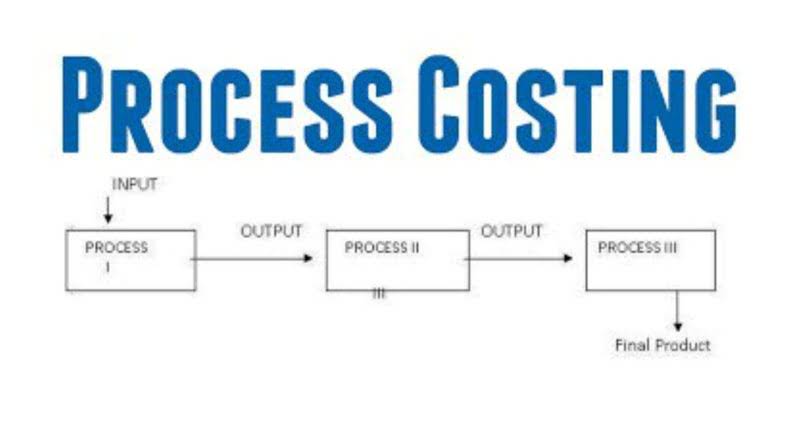
When businesses extend credit to their customers, it’s with the hope that invoices will be paid in full and on time. Explore the components, estimation methods, and financial impact of the allowance for doubtful accounts in this comprehensive guide. Businesses can use the proper methods to estimate the AFDA to ensure their balance sheets remain accurate and up-to-date. This transaction doesn’t affect individual customer accounts—every customer still officially owes its full balance. Instead, it creates a pool of expected losses that sits on the balance sheet, reducing the overall reported value of AR from $1.5 million to $1.425 million. When feasible, companies may review individual customer accounts to identify specific balances unlikely to be collected.
- CFI is the global institution behind the financial modeling and valuation analyst FMVA® Designation.
- Yes, the allowance for doubtful accounts can be reversed if a previously written-off account is collected or if the estimated uncollectible amount decreases.
- Then a journal entry is made to record the uncollectible balance by debiting bad debt expense and crediting the allowance for bad debt account.
- Some financial statements display the net AR balance and report the allowance in note format.
- A significant component of this allowance is the aging schedule, which categorizes receivables based on the length of time they have been outstanding.
- Another important aspect is the historical loss rate, which is derived from past experiences of bad debts.
- Companies must choose a method that balances accuracy with being practical, considering their industry, customer base, and available data.
Allowance for Doubtful Accounts: What It Is and How to Estimate It
This process enhances the reliability of financial statements and demonstrates a commitment to transparency and ethical accounting practices. To record an allowance for doubtful accounts journal entry, you typically make an adjusting entry at the end of an accounting period. This entry recognizes the estimated amount of uncollectible accounts and adjusts the balance of the allowance for doubtful accounts. Doubtful accounts, also known as bad debt or uncollectible accounts, are accounts receivable that a company believes it may not collect in full or at all.
Historical Experience Method
Companies must choose a method that balances accuracy with being practical, considering their industry, customer base, and available data. Businesses should regularly analyze their historical bad debt trends and compare them to industry standards to determine an appropriate allowance percentage. At the end of the accounting period, you may need to adjust the allowance based on a new estimate or changes in collection experience.
Establish clear procedures for estimating and recording allowances

As opposed to the direct write off method, the allowance-method removes receivables only after specific accounts have been identified as uncollectible. The Pareto Analysis Method, often referred to as the 80/20 Rule, is used to identify and focus on the most significant receivables that are likely to become bad debt. In this approach, businesses recognize that roughly 80% of uncollectible accounts may come from 20% of their customers.

Businesses often face the challenge of customers failing to pay their debts, which can significantly impact financial health. To mitigate this risk, companies establish an allowance for doubtful accounts—a crucial accounting practice that anticipates potential losses from uncollectible receivables. The AFDA helps accountants estimate the Restaurant Cash Flow Management amount of bad debt that is expected to be uncollectable and adjusts the accounts receivables balance accordingly. This ensures that the company’s financial statement accurately reflects its overall financial health. When a company sets up its allowance for doubtful accounts, it creates two simultaneous accounting entries.

Interpret trends to evaluate credit policies and customer reliability
- For instance, if you know from experience that certain customers in a high-risk sector are slower to pay, you can adjust your allowance accordingly.
- Bad debt is the specific amount of accounts receivable that has been determined to be uncollectible and is written off.
- This targeted approach can provide greater accuracy for businesses with clearly defined customer segments that have different payment behaviors.
- Businesses typically use historical data and established accounting methods to estimate uncollectible debts, ensuring consistency and accuracy.
- Automated systems can flag overdue accounts, calculate allowances, and update financial records without manual intervention.
- To guard against these financial uncertainties, companies set aside a portion of their accounts receivable as an “Allowance for Doubtful Accounts.”
The allowance not only provides a more accurate picture of the company’s financial status but also helps businesses plan for future cash flow shortages due to unpaid invoices. By proactively managing this risk, businesses can avoid overestimating their financial strength and make more informed decisions. Trends in doubtful accounts provide actionable insights into the effectiveness of credit policies and customer management strategies. For example, a rising proportion of bad debts may signal the need for stricter credit assessments or improved payment collection processes. Conversely, a decline in doubtful accounts could reflect successful customer engagement efforts or favourable economic conditions. The allowance for doubtful accounts provides valuable insights into a company’s financial health, particularly in evaluating credit policies and customer reliability.
By recognising these potential risks, businesses can avoid overstating their revenue and provide a more accurate picture of their financial health. This practice is particularly important for organisations that extend credit to customers, as it enables them to manage risks effectively and maintain stakeholder confidence. The AFDA recognizes and records expected losses from unpaid customer invoices or accounts receivable (A/R). Companies use the allowance method to estimate uncollectible accounts and adjust their financial QuickBooks statements to present an accurate picture of their financial position, specifically cash flow.
Follow GAAP or IFRS guidelines in your financial reporting
Modern accounting software simplifies the management of doubtful accounts by automating calculations and providing real-time insights. These platforms allow businesses to apply established estimation methods, track historical data, and generate detailed reports with ease. Popular accounting software options, such as QuickBooks, Xero, and Sage, offer robust features tailored to the needs of small and large enterprises alike. The concepts of allowance for doubtful accounts and bad debt expenses play a pivotal role in portraying an accurate picture of a company’s financial health. By monitoring customer payment behavior, we can provide insights into customer delinquency trends to help you determine which customers are at greater risk of defaulting on their payments. If there is a large, unexpected default, you can rest assured that we will pay the claim, effectively eliminating what could have been a devastating bad debt loss.
Implement credit control measures to reduce doubtful debts
Second, it creates a contra asset account called “allowance for doubtful the allowance for doubtful accounts is a contra asset account that equals: accounts” that reduces the reported value of AR without changing the underlying customer balances. The allowance for doubtful accounts is a crucial tool for finance teams to manage credit risk, improve forecasting, and ensure financial accuracy. Understanding how to calculate and apply ADA helps businesses make informed decisions about their accounts receivable and avoid unexpected financial losses. Prompt follow-ups on overdue accounts and offering incentives for early payments also reduce the likelihood of defaults. Additionally, robust training programs and clear procedures ensure that staff are equipped to manage receivables effectively.

Leave a Reply